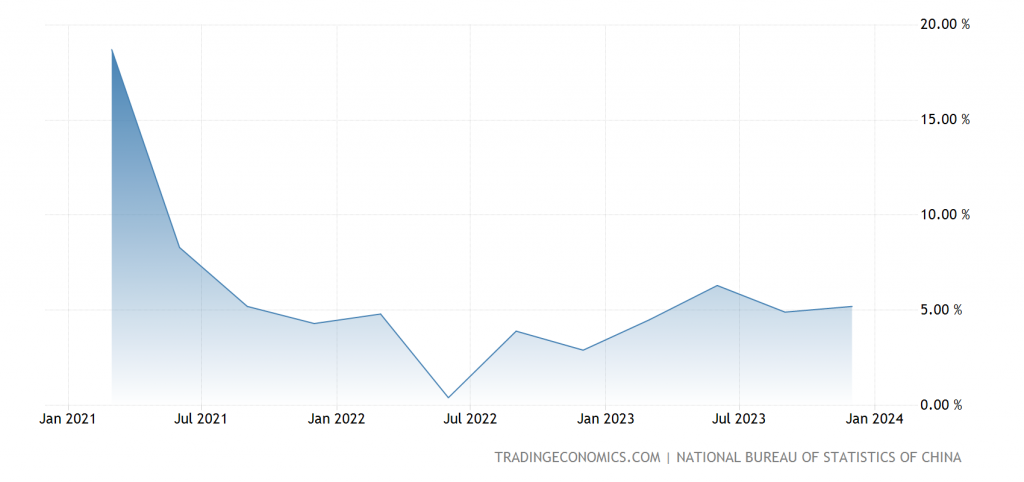The bankruptcy of Evergrande, the largest private real estate group in China, was one of the reasons that drew the world’s attention to what is happening to the world’s second largest economy.
But the plight of small and medium-sized companies in China has not received the attention it deserves at a time when new rules are being put in place to govern their work in order to reduce the risks they may be exposed to as well as to alleviate the pressures on small borrowers who need credit to survive.
While the risk of a company like Evergrande’s default lies in its gigantic size – the value of the group’s financial obligations is estimated at approximately $300 billion – default by local companies is no less dangerous compared to the giant real estate group, as the default of these small and medium-sized businesses reflects the expanding scope of the problem in The Chinese economy, especially since small and medium-sized entities employ approximately 80% of workers in Chinese cities.
Beijing is well aware that it is suffering from a severe liquidity crisis faced by small and medium-sized companies, and aims to increase the contribution of Chinese banks to resolving this crisis by providing more loans.
But unfortunately, not only did economic policy makers fail to move things forward, but they also focused on reducing risks at the expense of the real economic activity carried out by private sector companies, which negatively affected the economic conditions in China, which requires – instead of targeting risks – providing greater care for private sector companies as part of the solution to what the Chinese economy is suffering at the current stage, not part of the problem.
Small, local private companies in China may not be known outside the states in which they operate, but they represent the real strength of the Chinese economy, especially at the local level. In recent years, businesses of these sizes have borne the brunt of the economic slowdown, Covid lockdowns and a regulatory crackdown on private financing, as well as lending to oversupplied industries.

One of the most serious obstacles facing this type is the recently implemented regulatory rules adopted by Beijing in order to reduce the risk of default. These rules added more burdens to these companies, as they led, for example, to the blockage of one of the most important channels for providing liquidity to companies by Chinese banks through financial instruments known as “banking acceptance certificates.”
Some call these tools “invoices,” and they are popular as a way to ensure small businesses get their money up front, which has developed into a major channel of liquidity and credit in the past five years.
These invoices are a commitment by the bank to pay a specific amount on behalf of the client (borrowing company), and are commonly used in foreign commercial transactions or with parties outside the country. They are usually used as a guarantee of payment and are also negotiable.
But new regulations have restricted this important financing channel. These reforms sought to support the financial stability of regional banks by reducing the misuse of these instruments. They include requiring invoices to be based on “true transactional relationships” and having banks classify late acceptance invoices as non-performing loans.
Data on business credit of this size also reveals that the pressures accumulating on highly indebted domestic companies are beginning to place additional burdens on banks as well. Hundreds of local bank branches also defaulted on bank acceptance certificates in 2023, including outlets of some of the four major state-owned banks.
It is expected that the Chinese economy will remain vulnerable as long as the real estate sector crisis and the losses suffered by the banking sector continue, crises that continue to negatively affect economic growth. If Beijing gives priority to avoiding risk at the expense of small and medium-sized companies – which support the local and regional economy – and does not provide channels to finance these companies, it is believed that market observers may see more signs of economic slowdown in the second largest economy in the world.
 Noor Trends News, Technical Analysis, Educational Tools and Recommendations
Noor Trends News, Technical Analysis, Educational Tools and Recommendations





